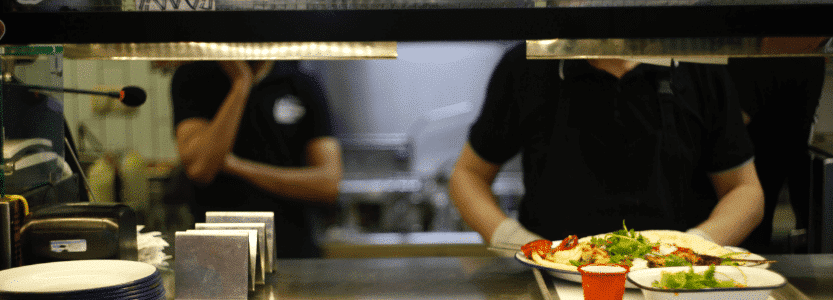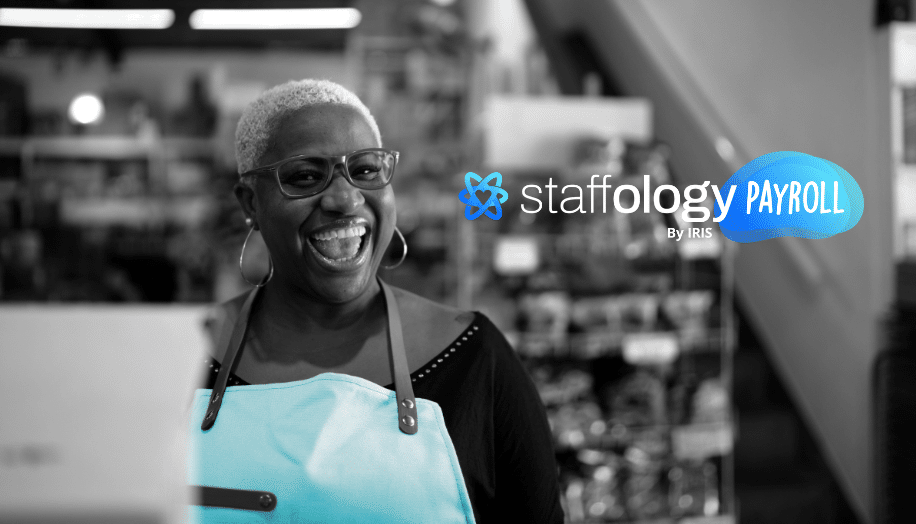Serving up school dinners: what’s changed?
Solid school meals have always been critical to a student’s success, whether they’re bringing in a packed lunch from home or queuing up for hot school dinners.
But the humble school lunch has also undergone many changes over the years. From the introduction of free school meals in 1944 to Jamie Oliver’s crusade against turkey twizzlers in 2004, school dinners have often been a hot topic.
Technology has also changed how we dish out hot dinners. Parents can now pay for school lunches online, allergies are better catered for, and data is used to make smarter school meal decisions.

Making the most of online school meal management
Schools and multi-academy trusts have learned to use technology to support the success and wellbeing of their students – and school meal management is no exception.
- It’s often easier for parents and carers to pay for school meals online
- Kids don’t need to carry cash to access a school lunch
- Students don’t need to disclose if they’re receiving free school meal vouchers.

Featured Guide
Making the most of cashless catering: a guide for schools and multi-academy trusts
Download your free guide to online school meal payment systems and read about:
- How to make the most of an online meal management system
- School meal reporting, lunch tracking apps and other features
- Best-in-class school meal management solutions.
What’s involved in serving up the right school meal solution?
Keeping students energised and well-fed is crucial to maintaining a successful learning environment – but it’s not always straightforward.
Here are just a few of the challenges and considerations that can land on people’s plates when sorting out school meals.
-
What kind of school dinners are there?
For schools and trusts, school dinners mean food that’s prepared and served on-site.
However, when it comes to school meals, parents and carers of school children have a decision to make. Do they order a traditional hot school dinner for their child, or send them to school with a packed lunch?
Whether due to how much school meals cost or a personal preference for food from home, many parents and carers choose to provide their child with a school lunch box to curb the mid-day munchies.
-
How do you pay for school meals?
Paying for school meals is a big priority; both for the schools and trusts arranging it, and for the parents and carers submitting payment.
In the past, families would hand children money to pay for school meals. Of course, they couldn’t always be certain the cash would be spent on a hearty lunchtime meal!
Today, most schools and trusts use an online school meal system to facilitate payments. Parents and carers can log on and pay for school meals online, often paying for a week’s meals or more at a time.
-
How do you order school meals?
Until recently, parents and carers had little to no say in what their child ordered for lunch at school. However, parents and carers of younger children can now have more of say over what their child eats, by ordering their school meals online.
For schools and trusts, this means that their school meal management solution – otherwise known as their cashless catering system – needs to be accessible, reliable, and easy to use.
Ideally, schools would have systems in place that allow pupil’s families can easily view school meal options, explore nutritional benefits, and make orders.
-
Who’s eligible for free school meals?
In 1944, the National School Meals Policy was introduced in the UK. This ensured children living in low income households received a free school dinner every day.
Children may be able to get free school meals if their parents or carers (or the children themselves) receive financial support like:
- Income support, including Jobseeker’s Allowance
- Child Tax Credit
- Universal Credit (subject to conditions).
Parents and carers can visit the gov.uk website to apply for free school meal vouchers – and to find out whether their child is eligible for free school meals.
Frequently Asked Questions (FAQs)
Learn more about school dinners, online school meal management, and how schools and trusts can choose the right solution for them.
-
The cost of school dinners can vary depending on where you live in the UK and the age of the child.
In London, for example, school meals can cost families up to £500 per child. In other parts of the UK, a school meal can cost around £2.50 per day.
-
Children may be eligible for free school meals in the UK if their parents or carers (or the children themselves) receive certain types of financial support.
Some of the types of support include:
- Income Support
- Income-based Jobseeker’s Allowance
- Employment and Support Allowance (when related to income)
- Protection under Part VI of the Immigration and Asylum Act 1999
- Pension Credit (guaranteed element only)
- Child Tax Credit (subject to certain conditions)
- Working Tax Credit run-on
- Universal Credit (if your household income is less than £7,400 a year after tax).
Parents and carers can find out whether their school child is eligible free schools dinner by visiting the gov.uk website. If you live in England, you can also apply for free school meals through gov.uk; although the process differs for families living in Northern Ireland, Scotland, or Wales.
-
If your child or children are eligible to receive free school meals in the UK, you can submit an application online. However, the process differs depending on where in the UK you live.
- If you live in England, you can apply via the gov.uk website
- If you live in Northern Ireland, you can apply via the NI Direct website
- If you live in Scotland, you can apply via the mygov.scot website
- And if you live in Wales, you can apply via the Welsh Government website.
-
Some schools use on-site servers to manage school dinner ordering. However, a cloud-based school meals management system can prove to be a harder-working solution in some cases.
An online, cloud-based system allows you to securely back up your data – plus, you can integrate it with your existing school management information systems (MIS).
-
Today, technology has made it easier than ever for schools and trusts to accommodate their students’ allergies, food intolerances, and dietary requirements.
Online school meal systems mean that when families submit information about their child’s food requirements in a school’s MIS, catering staff can see immediately which students need what. Staff can then take the necessary steps to keep that student safe.
Without a linked-up system, staff must manually transfer student allergy data between systems. If data isn’t transferred to a student’s catering record immediately, it could put them at risk.
-
Implementing a centrally managed school meal solution can be challenging using standalone servers. A cloud-based school dinner system is often a better option for academy trusts as it brings together data from multiple sources.
By using a centralised school lunch payment system, MATs have better control of their budget and can view data collated from across their various academies.
These insights can potentially save money for trusts as they are in a better position to negotiate contracts.
-
If your school uses a school dinner money system, students need a method of identification to purchase food on the go. Your school has two options:
- Biometrics: Students pay by scanning their fingerprints which are linked to their cashless school meal account.
- QR codes: Students pay by showing or swiping their ID cards with QR codes. The data is then transferred to their catering record.
Learn more about school meals and solutions

Blog Article
School lunch: how should students pay?

Blog Article
Reduce Queues and Increase School Dinner Uptake

Blog Article





